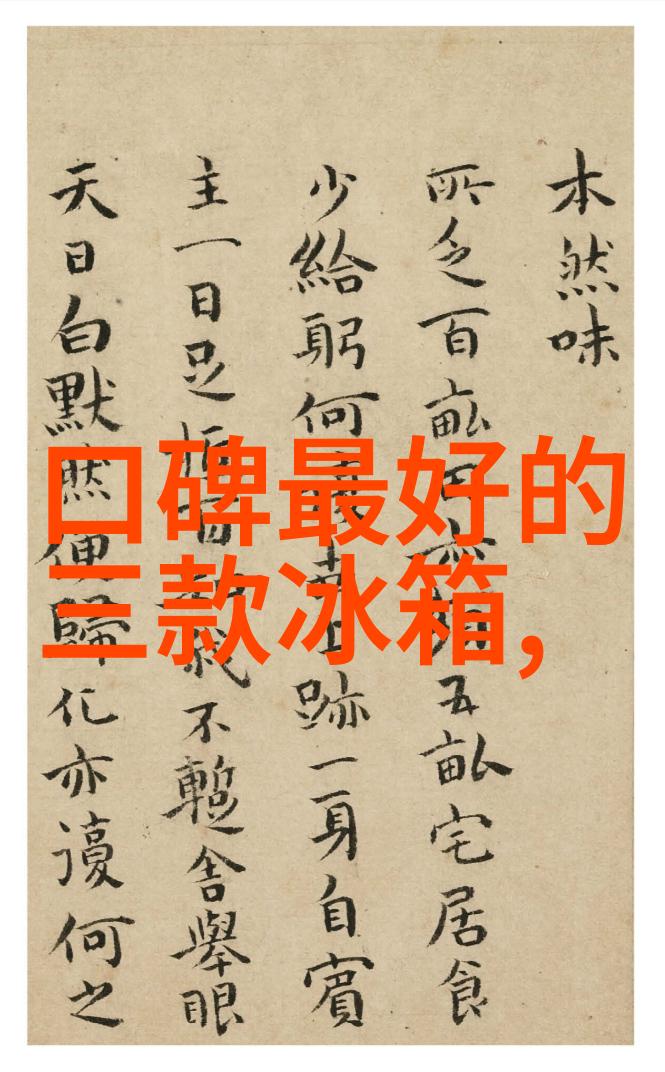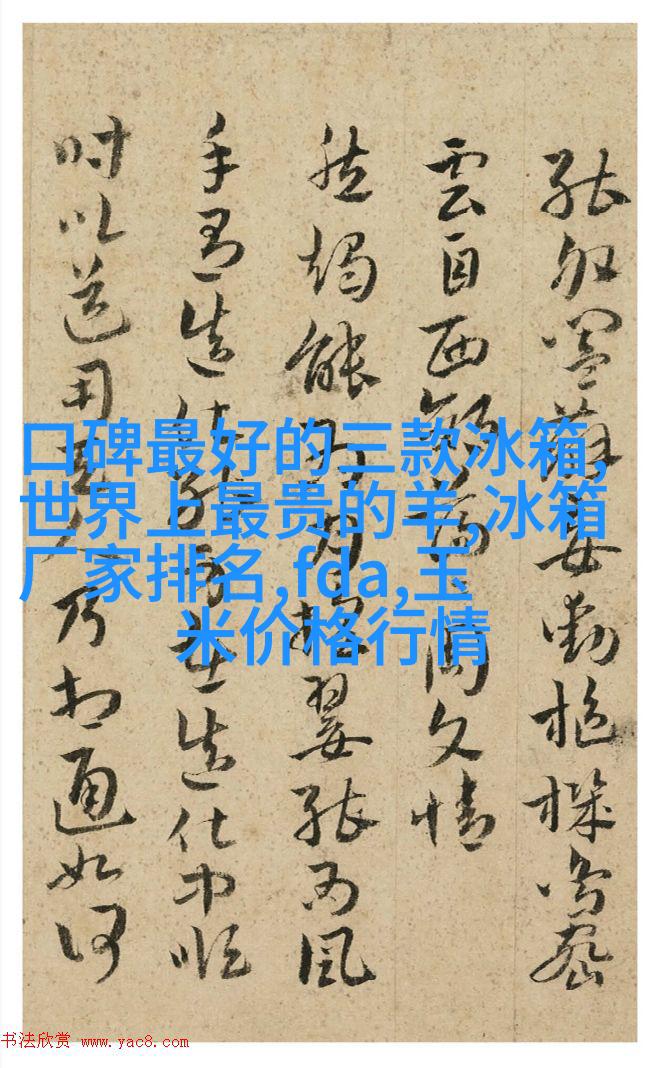引言

随着科技的飞速发展,新兴材料层出不穷,它们在各个领域都有着广泛的应用。矩鞍环填料作为一种重要的机械零件,其规格型号也随着材料技术的进步而不断更新和优化。本文将探讨新兴材料如何影响矩鞍环填料的发展趋势,以及这些变化对其规格型号产生了哪些具体影响。
1. 新兴材料与矩鞍环填料规格型号之间关系

1.1 矩鞭ring基本介绍
首先,我们需要了解什么是矩鞱ring。它是一种用于承载旋转轴承内外圈间、双列滚子轴承两端或双列球轴承中间等场合,通过安装在相对移动部件上的定位环,以确保两个部件之间保持正确位置和距离,从而保证设备运行平稳无偏差。这类产品通常由多种不同材质制成,如钢铁、铝合金等,但这些传统材质正面临来自高性能新材料挑战。

1.2 高性能新材料简介
如今市场上出现了一系列高性能、新型金属以及非金属(如碳纤维增强塑料CFRP、陶瓷及复合物)等,这些新材料具备更好的耐腐蚀性、高温稳定性、轻量化特性以及更长寿命等优势,对于提升传统矩鞱ring性能具有显著作用。

2. 新兴材料对矩鞱ring规格型号影响分析
2.1 材质选择与设计优化

2.1.1 耐腐蚀性的提高
高性能碳钢能够提供比常见钢铁更好的耐腐蚀能力,这对于那些工作环境恶劣或需长期运作在含有化学品或水分环境中的设备来说尤为关键。此外,由于其表面硬度较高,可以减少磨损,延长使用寿命。
2.1.2 重量降低与结构轻量化
例如,采用铝合金或者其他特殊合金材质制造出的Matrix Ring可以大幅度减少重量,同时保持良好的强度和抗压力能力。这对于需要频繁搬运或者必须遵循严格重量限制(如航空航天领域)的应用至关重要。
3 高性能new material on Matrix Ring development trend
3.0 Material Selection and Design Optimization
3.0 High Corrosion Resistance
High-performance carbon steel can provide better corrosion resistance than common steel, which is particularly important for devices that must operate in harsh environments or be exposed to chemicals or water for extended periods.
Lightweighting through Material Choice
For example, using aluminum alloys or other specialized materials to manufacture a Matrix Ring can significantly reduce weight while maintaining good strength and pressure resistance.
The use of advanced composites such as CFRP (carbon fiber reinforced plastic) also offers potential advantages in terms of weight reduction and improved durability.
In addition, the use of advanced ceramics has shown promise for its high hardness and wear resistance properties, making it an attractive option for applications where frictional forces are significant.
These new materials have led to changes in design principles and manufacturing processes that aim to optimize the performance characteristics of matrix rings while minimizing costs associated with production and maintenance.
Conclusion: The advent of new materials has undoubtedly accelerated the evolution of matrix ring technology, enabling engineers to create more efficient designs that meet specific performance requirements without compromising safety standards or environmental sustainability considerations.
As we continue to explore innovative solutions based on these emerging technologies, it is clear that future generations will benefit from even more sophisticated mechanical components capable of meeting ever-growing demands across various industries worldwide




